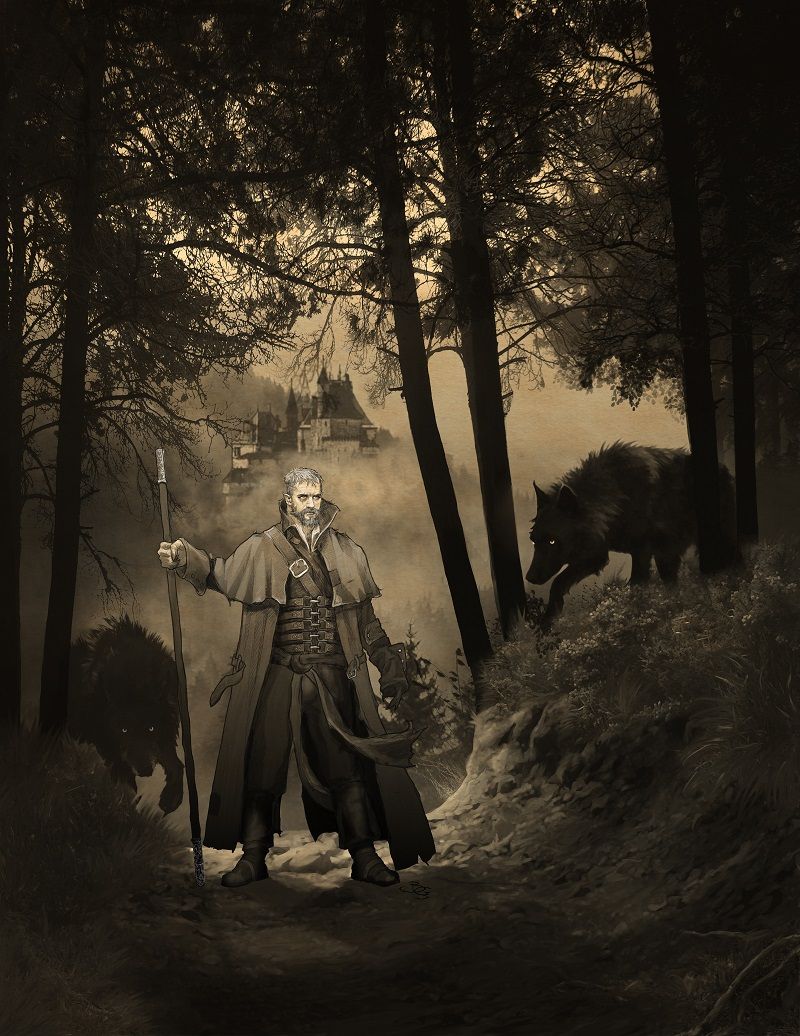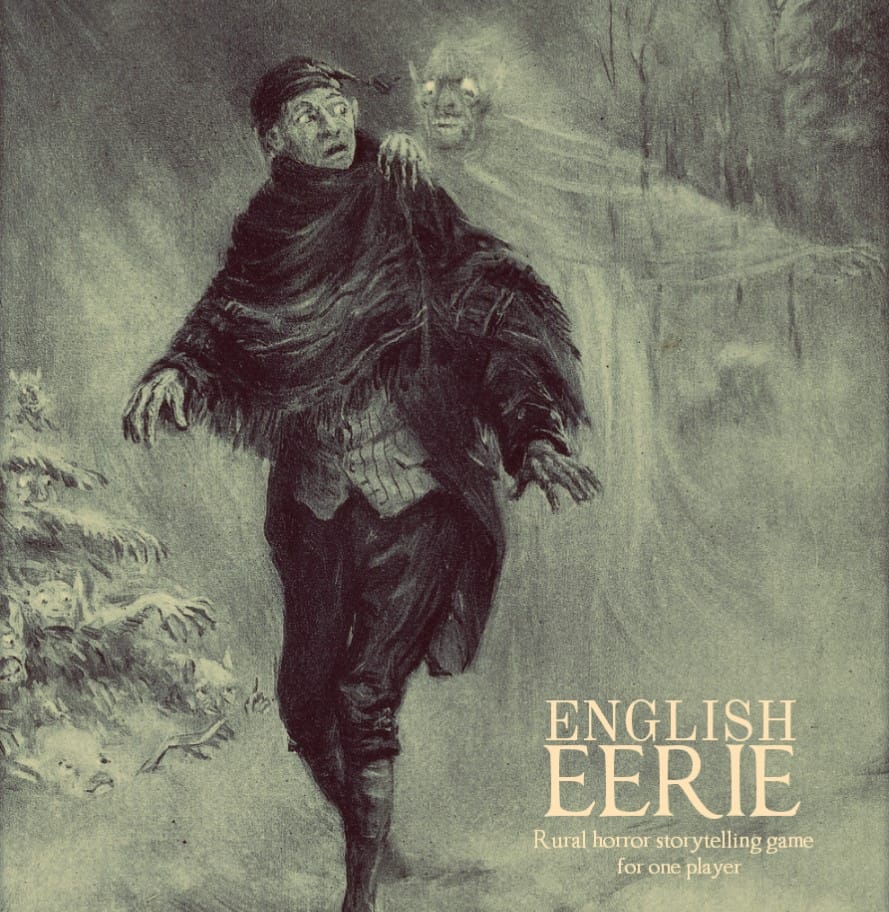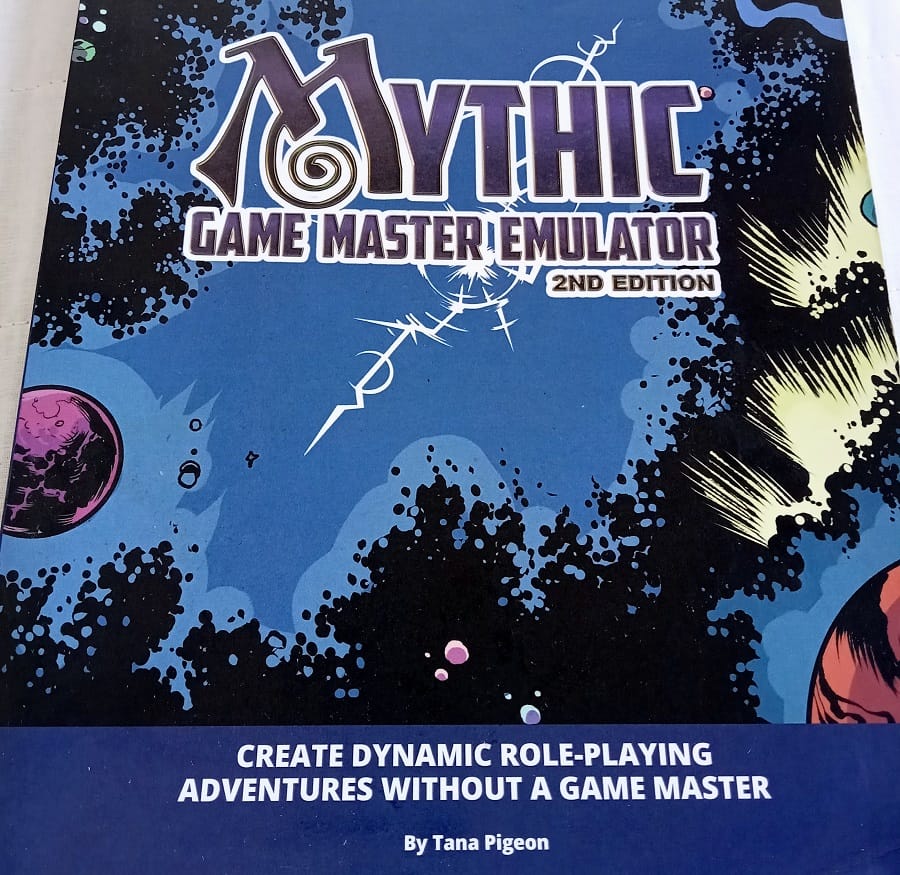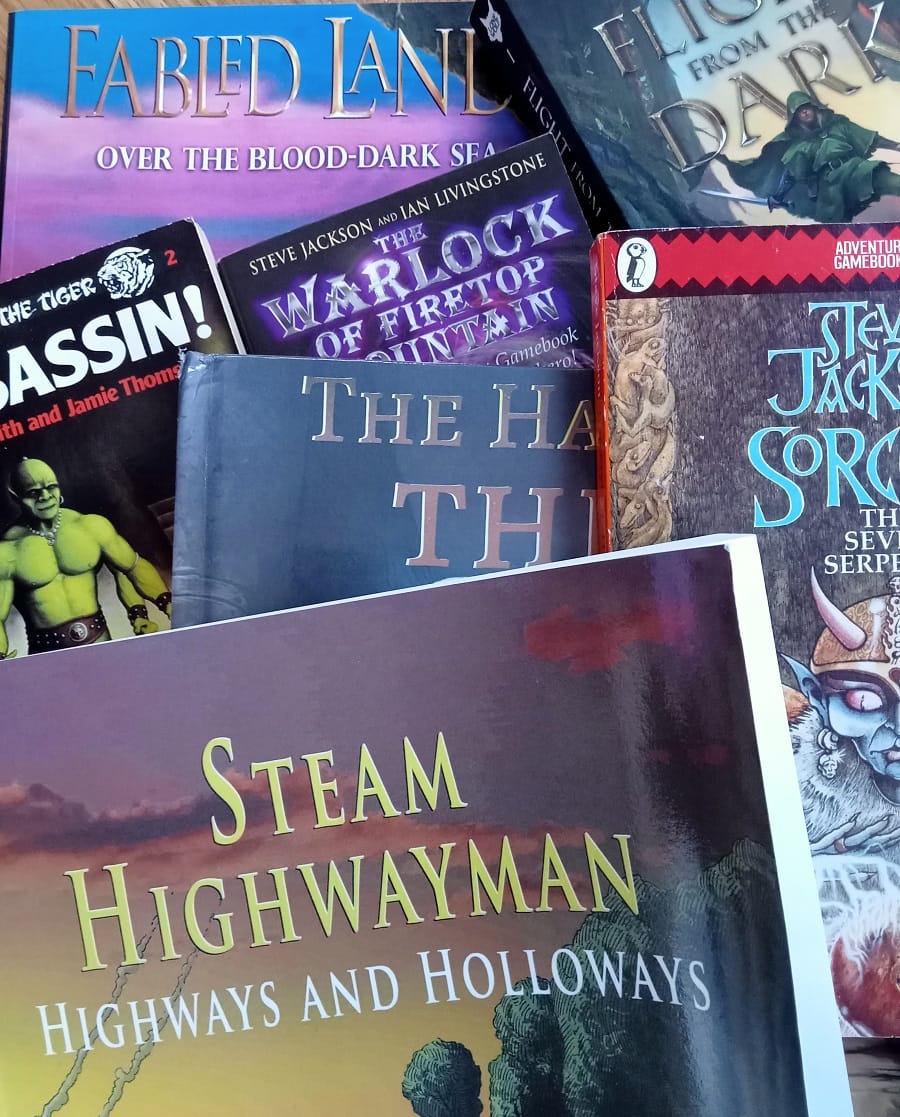So I've been playing solo games and I make a lot of random tables, so I've been dabbling in making my own emulator tables. Here's a first rough look at concepts and the Yes/No table.
Concepts
I'm using a list of characters and plot threads similar to many other emulators.
Extras - A list of characters, factions, locations and other entities that might pop up or influence your game. Mattack the Bounty Hunter, the Guild of the Gallows, the Sandriver Family and the Haunted Ruins of Arshor are probably extras. But the farmer who gave you directions to the town probably isn't...
Threads - Similar to many emulators, these are the plot lines which are important to the story and your character(s).
Mechanics
The tables use d20 rolls. There are tables for Yes/No, Modified Scenes and Random Events.
If things are favourable toward the character(s), Advantage is applied (rolling 2d20 and taking the highest). If things are unfavourable, Disadvantage is applied (rolling 2d20 and taking the lowest)/
More Information
Sometimes you'll want more information about an event or question. There are many ways to do this, using spark tables of adjectives and themes (such as Mythic's many d100 tables), images such as Rory's Story Cubes, text from GM Apprentice Decks, or flicking through a book (from a relevant genre) and taking a couple of random words.
The Yes / No table
At it's most basic this is
- a d20 table with Yes on 11+ and No otherwise
- A number ending in a 1 or a 0 is an extreme result (1, 10, 11, 20)
- a result ending in a 5 triggers an event.
| 1d20 | Rand Roll Emulator Yes / No |
|---|---|
| 1 | NO! (extreme no) |
| 2-4 | No |
| 5 | No. And an Event occurs |
| 6-9 | No, but... |
| 10 | NO! (extreme no) |
| 11 | YES! (extreme yes) |
| 12-14 | Yes, but... |
| 15 | Yes. And an Event occurs |
| 16-19 | Yes |
| 20 | YES! (extreme yes) |
Design Notes
Basic chance of something being true is 50%, going up to 75% with Advantage and down to 25% with Disadvantage. If more precision is needed Advantage at +2 (91%) or Disadvantage at -2 (9%) can be used.
The 10 and 11 being extreme yes and no manages to keep these options open while using Advantage and Disadvantage.
I've chosen d20 as I wanted to use just one die, and d20 allows for many different results in random tables. It's also used in many popular games
Finishing Up
I'll round up the simple emulator with the tables for Modified Scene and Random Event and some more design notes.



